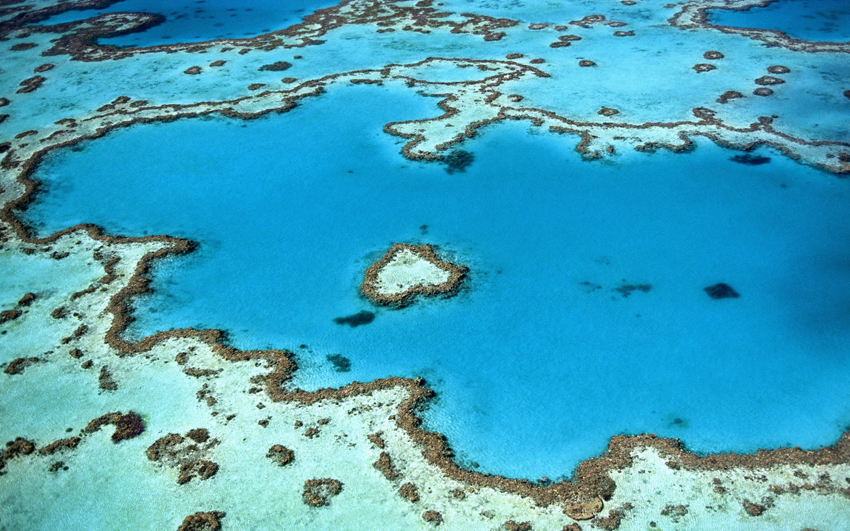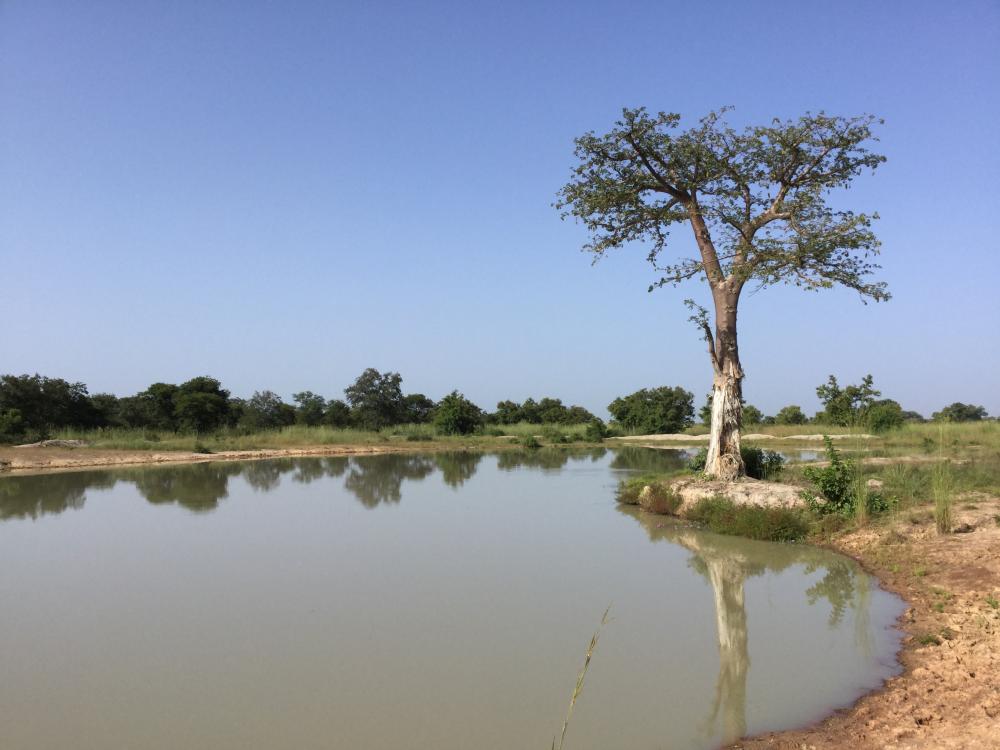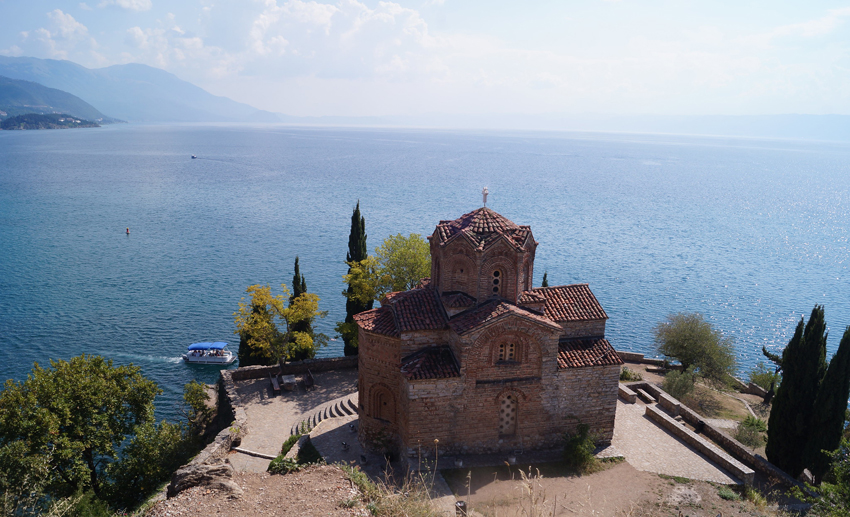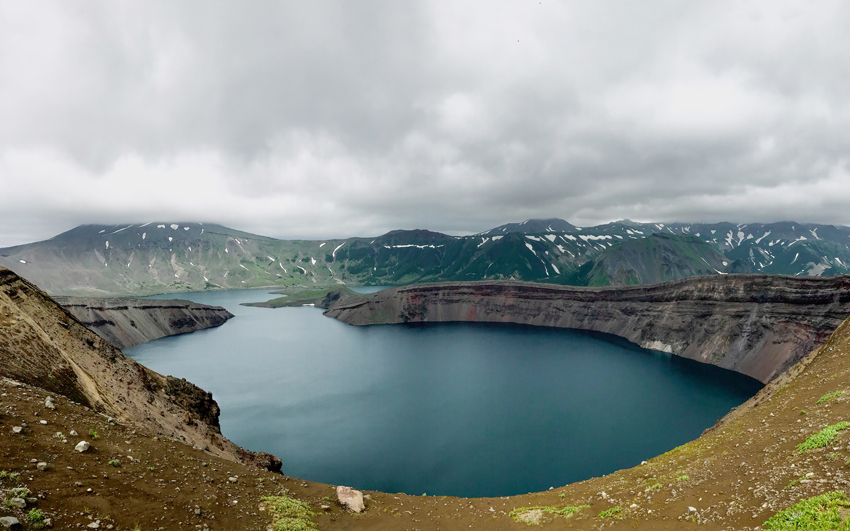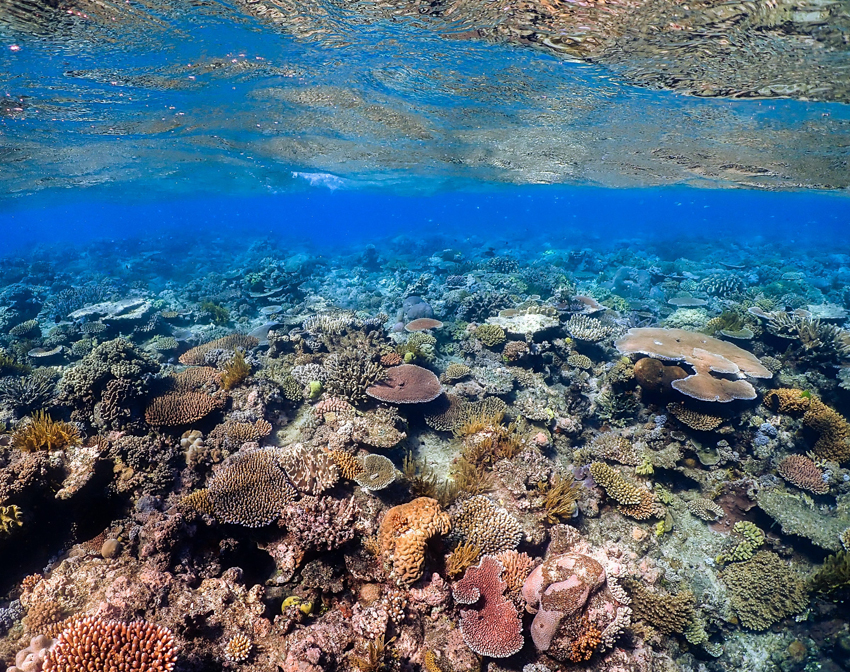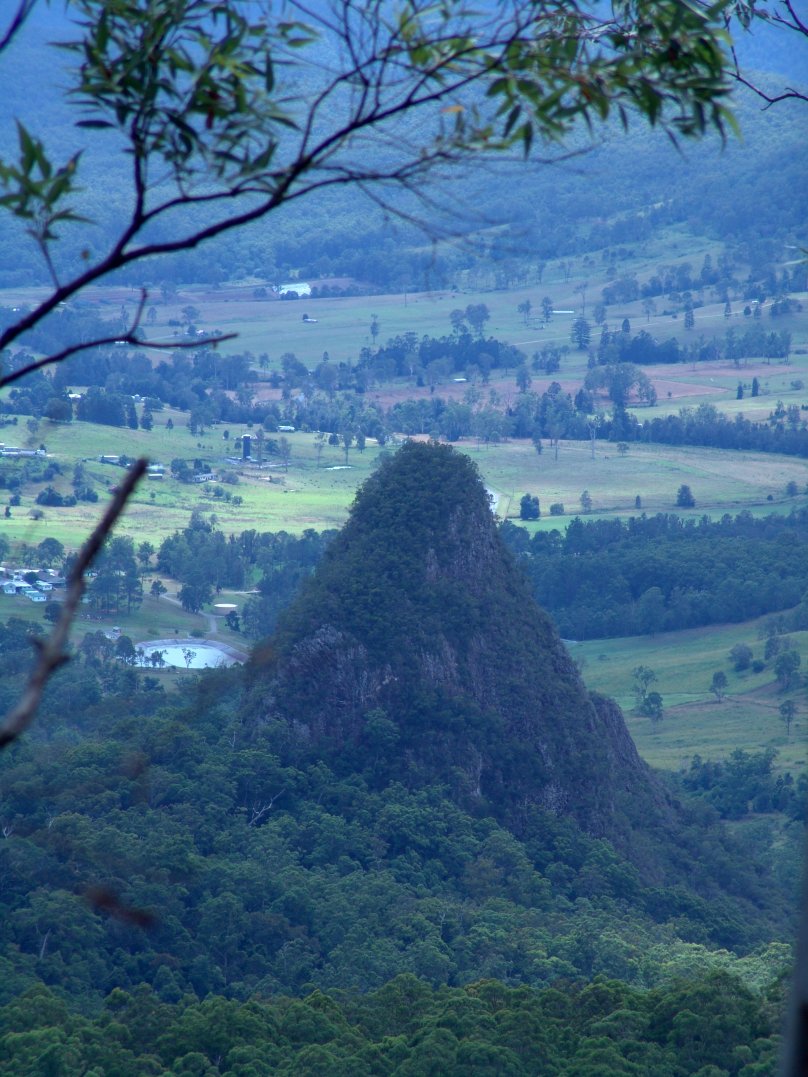Four sites including Great Barrier Reef could become “World Heritage in danger”, while Selous may lose its status – IUCN advice
IUCN, the official advisor on nature to the UNESCO World Heritage Committee, recommends adding four natural sites to the List of World Heritage in Danger: the Great Barrier Reef in Australia, the W-Arly-Pendjari Complex in Benin, Burkina Faso and Niger, the Natural and Cultural Heritage of the Ohrid region in Albania and North Macedonia, and the Volcanoes of Kamchatka in Russia. IUCN also recommends deleting the Selous Game Reserve in Tanzania from the World Heritage List, due to irreversible damage following construction of the Julius Nyerere Hydropower Project.
IUCN’s recommendations, made jointly with the UNESCO World Heritage Centre, have been published overnight. They will be considered by the World Heritage Committee at its next meeting from 16 to 31 July.
Natural World Heritage in danger
The List of World Heritage in Danger is a mechanism designed to mobilise urgent action to secure the conservation of sites facing severe threats. If IUCN’s advice is followed by the World Heritage Committee, four sites could be added to that list, which currently counts 17 natural World Heritage sites.
In-danger status is recommended for the Great Barrier Reef because of the unprecedented speed and scale of decline of its marine life and ecosystems. Despite major efforts and significant investment by Australia to implement its 2050 Reef Sustainability Plan, impacts from climate change, including a sequence of coral bleaching events in 2016, 2017 and 2020, have caused great damage to the site. In addition, the cumulative effects of multiple threats, such as poor water quality, are reducing the reef’s resilience to cope with increasing pressures. IUCN recommends urgent and redoubled efforts at both the global and local levels to safeguard the Great Barrier Reef.
The W-Arly-Pendjari Complex in Benin, Burkina Faso and Niger is recommended for inclusion on the List of World Heritage in Danger due to the impacts of growing insecurity in the Sahel region. Management staff in Burkina Faso have been forced to abandon the W and Arly parks due to the presence of armed terrorist groups. This in turn has led to an increase in illegal activities such as poaching, grazing and gold panning in these two parts of the transboundary site.
In-danger status is recommended for the Natural and Cultural Heritage of the Ohrid region in Albania and North Macedonia, listed for its natural and cultural values. The site, which boasts Europe’s oldest lake, has been facing continued pressure from multiple threats. These range from large-scale infrastructure projects, increased pollution, and uncontrolled urban development and coastal exploitation.
The Volcanoes of Kamchatka World Heritage site in Russia could also be added to the in-danger list due to boundary changes made to accommodate plans for large-scale tourism infrastructure inside the site. These would include a cruise ship terminal in the undeveloped Viluchinskaya Bay, a new highway and several tourism facilities, which would cause severe damage to the site’s exceptional scenic value.
Proposed deletion of Selous Game Reserve from the World Heritage List
Construction of the Julius Nyerere Hydropower Project, formerly known as the Stiegler’s Gorge dam project, is well underway in Tanzania’s Selous Game Reserve, one of the planet’s largest World Heritage sites. Much of the project’s infrastructure is now built, such as its river diversion tunnel, roads, bridges and offices within World Heritage Site. Dams with large reservoirs are considered to be incompatible with World Heritage status, and the World Heritage Committee has made repeated calls to not proceed with the project.
The 130 metre-high dam on the country’s largest river, the Rufiji, is expected to inundate 125,000 hectares of wilderness that provide refuge to many threatened species, including the Endangered African savannah elephant and the Critically Endangered black rhinoceros – both the target of poaching. Selous was inscribed on the World Heritage List in 1982 for its undisturbed ecosystems and high density of wildlife. As the dam project has already caused irreversible damage to these values, the site’s integrity has been lost. These impacts have led UNESCO’s World Heritage Centre and IUCN to recommend the site be deleted from the World Heritage List.
Extensions of the Beech Forests World Heritage site in Europe
In its evaluations of sites nominated for possible inscription on the World Heritage List, published earlier this month, IUCN recommends two new World Heritage sites in Georgia and Japan. In addition, IUCN recommends approving parts of a proposal to extend the Ancient and Primeval Beech Forests of the Carpathians and Other Regions of Europe.
The site, originally inscribed in 2007 and subsequently extended in 2011 and 2017, currently includes 78 areas of beech forests in 12 countries of Europe. The extension proposed for 2021 would include 29 additional areas, as well as six modifications of existing areas, across 10 countries. IUCN recommends approving all of the modifications, and inscribing 15 new areas in Bosnia and Herzegovina, Czechia, France, Italy, North Macedonia, Poland, Slovakia, and Switzerland.
Hosted by Fuzhou in China, UNESCO's extended 44th session of the World Heritage Committee will be fully online.
